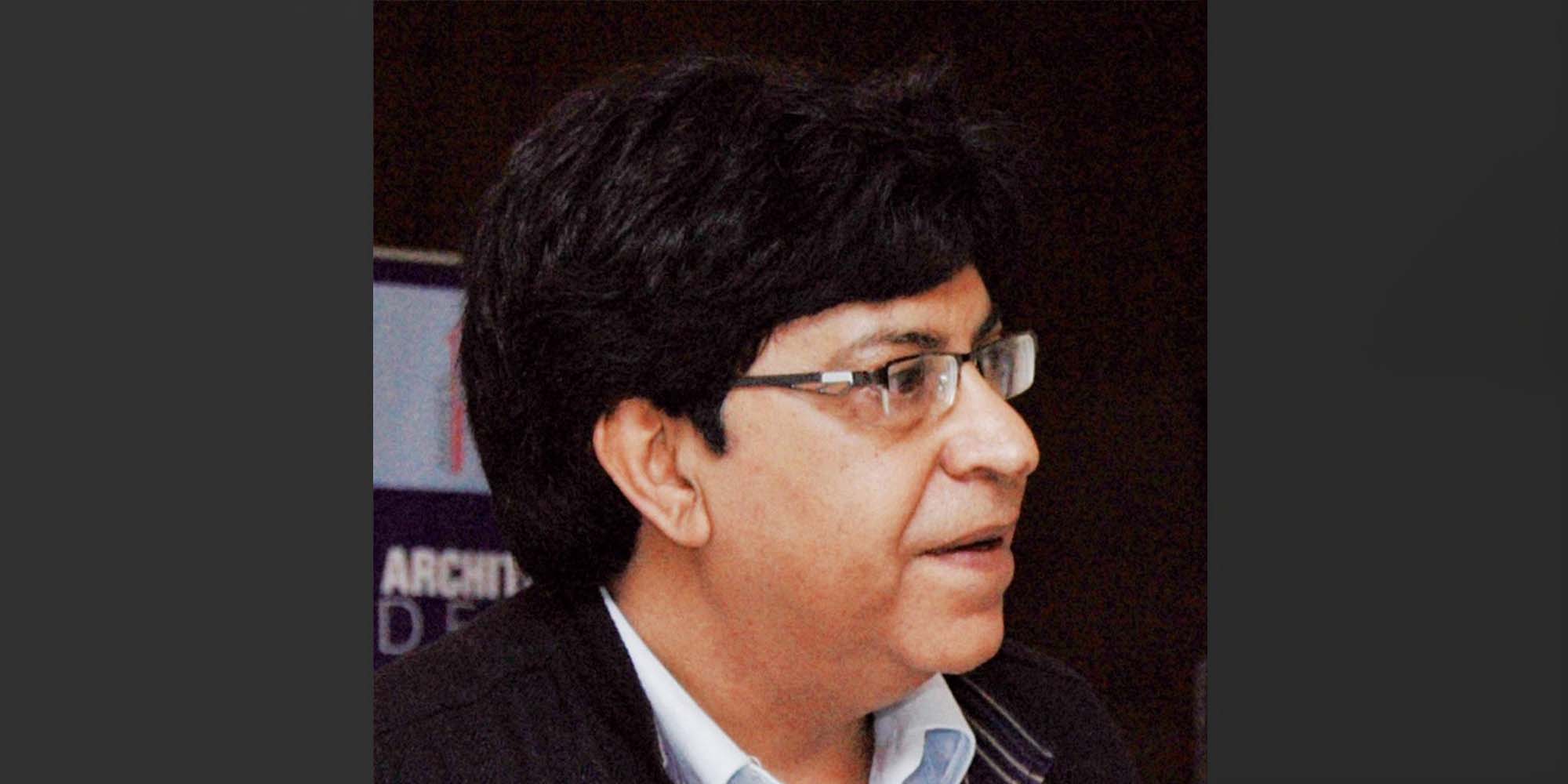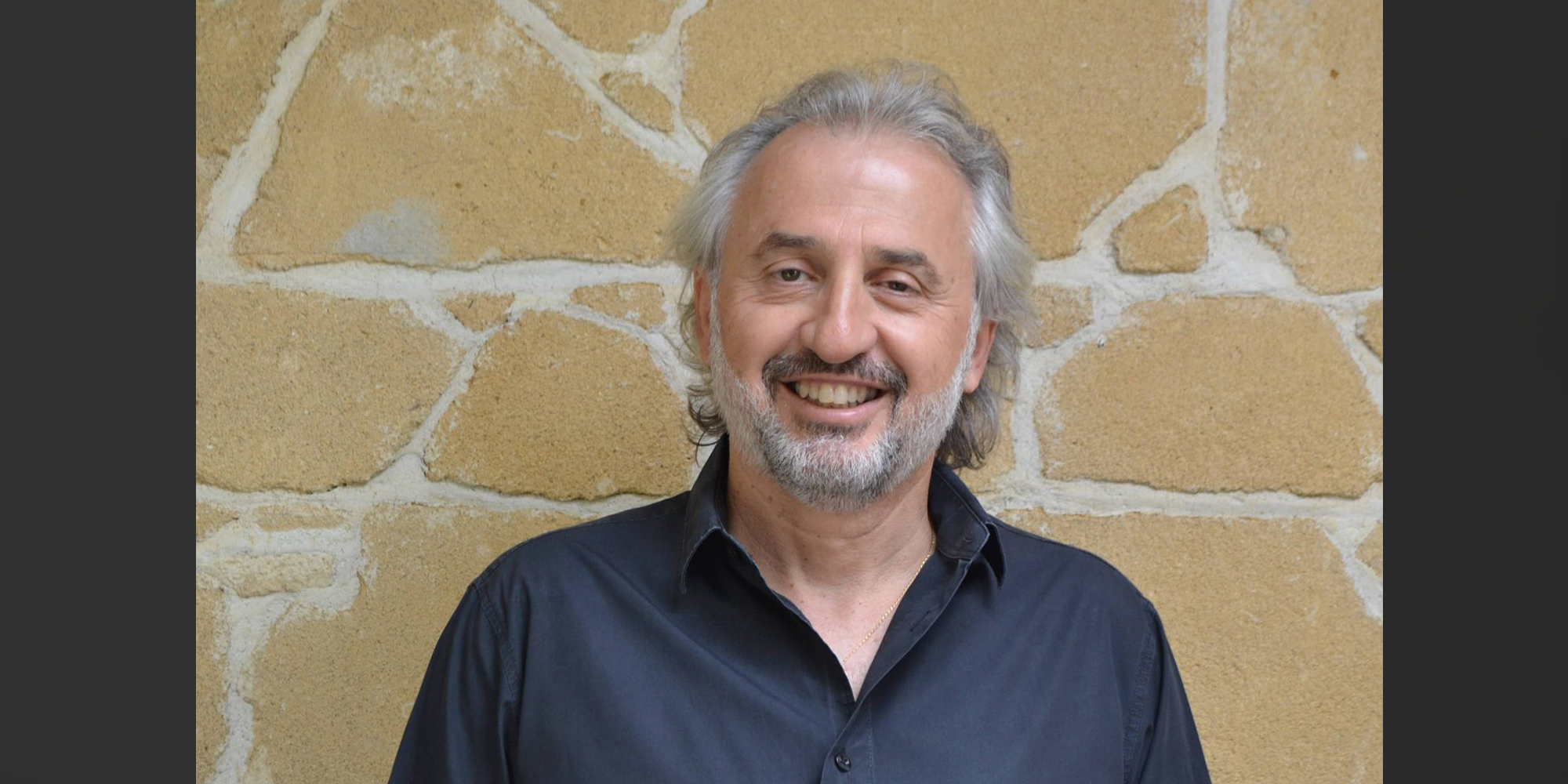Welcome to “Media Matters” on Fublis, where we explore the dynamic worlds of media professionals, shedding light on their creative processes, unique challenges and contributions to the industry.
In this edition, we’re thrilled to bring you insights from Suneet Paul, a renowned figure who has made an indelible impact on both architecture and journalism. With a career spanning architectural practice, editorial leadership, and published writing across multiple genres, Paul is uniquely positioned to discuss the interplay of technical expertise and creative storytelling. As the former Editor-in-Chief of Architecture + Design, India’s premier journal on architecture, he has influenced a generation of writers and architects alike, driving discourse around design, sustainability, and the evolving role of architecture in society. In this interview, Paul delves into his journey from architecture to journalism, his editorial philosophy, and his thoughts on the future of architecture writing. His reflections provide a compelling narrative for aspiring and established writers, editors, and architects, offering an unparalleled look at the responsibilities and rewards of crafting meaningful architectural discourse.
As you are an architect-cum-writer, how do you bridge technical design concepts with creative storytelling in your work?
Suneet Paul: As I always say, this path of writing/architecture journalism is a challenging one, but once the journey commences, it then leads you on to discover the layered and exciting contours of the profession and the skills attached to creative writing.
For me, architecture has always been a balance of art and technical knowledge as the profession plays with aesthetics, is sensorial, incorporates engineering expertise, is laden with aspirations, and above all, is emotive. And having had impulsive instincts from day one to write and communicate through the language of words in the profession, for me the process of evolution in this field was steady and came naturally. Another factor that immensely helps in individual growth in this field is travel and the resultant exposure to the hidden diversity in society – nationally and globally. The habit of reading whether in the profession or literary, contributed significantly to assimilate the relevance of culture, context and time. Over a period, this expose gave me the courage to question silently and enthused a confidence to put across focused points democratically and with a rationale. In the formulative years, writing for newspapers and other magazines associated to society’s fulcrum, made me realize the potential of relating to the audience through a simple, uncomplicated vocabulary.
That’s why I often urge students of architecture to keep their eyes and ears open, research more instead of just googling, and write for themselves first to discover their thoughts. Writing in the public domain will gradually follow automatically.
What inspired your transition from architecture practice into becoming the Editor-in-Chief of the journal Architecture + Design?
Suneet Paul: Ah, well, after graduation, writing on general public-interest themes in architecture was always my passion, and I got further encouraged as my articles got acceptance by publishers. Dwelling upon topics associated with society’s aspirations such as housing, urban design, landscape, project/building analysis, architecture education, interviews, etc. was my focus. I was also teaching at the School of Planning and Architecture, New Delhi. I had also then just delved in architecture practice. But it was the inquisitive and exploratory zeal to write that ultimately drove me to accept the job of being an editor of one of the best journals in architecture during the nineties. And of course, as like everywhere, lady luck also chipped in as I took the decision of the gut to fore-go teaching and practice to join main-stream architectural journalism. There were hurdles, but since I enjoyed my job, solutions also sprouted.
Today in the twenty-first century, we have the best operative technology in magazine design and print industry. Back then, magazine layouts and design were done manually with stick and paste technology. Patience, commitment, flowing-with-time approach and love for the profession coupled with the initial publishers’ indulgence of non-interference in editorial decisions kept me going cheerfully for over twenty-four years in this position.
You have written considerably on design and architecture; how do you keep the freshness in your approach toward these well-covered subjects?
Suneet Paul: You see, we have breakfast, lunch and dinner every day. And each time, we look forward to satiate our taste buds with innovation while having an eye on healthy diet also. Foodies always find a way how to create that excitement in their meals. My inspirations have always come from mystic Nature – whose byproducts we all are. If one can find a connect with Nature, a bounty of hidden truths gets unfolded, providing a newer and fresher perspective. As they say, beauty lies in the eye of the beholder. Just as Time is a constant, evolution in architecture and design is also a constant. Our infinite cultural threads and man’s never fulfilling appetite to experiment, provide the stimuli for the constant churning process. Our history of thousands of years is a testimony. This blend in architecture and design of art, culture, technology and functionality is constantly attempting to add refinement and interpretations gather different molds in varying contexts. The process in writing also meanders accordingly. One is just led-on if following the pointers.
What will be the key drivers you keep in sight while editing articles on design and architecture to keep the clarity and engaging factor for the readers?
Suneet Paul: Now that’s an interesting and catchy one. Since architecture is really not a profession where 2 plus 2 is always 4, can’t be quantified and has a strong tilt towards being qualitative, architecture critique I believe, should be unbiased with research-based counters to qualify thoughts and statements. Unfortunately, in the Indian context, critical writing per se has not really matured enough as one would have expected. We still get referred to international writers for authentic deliberations. But heartening it is that we are evolving fast in this segment. Come to think of it, most of the present-day Indian architecture journalism has become, if I can say so, one of flash, individual architect oriented rather than project-value driven – this is a personal opinion. Yes, I believe market forces are now more aggressive to dictate editorial content. In such a situation, there is a new truth evolving – although truth can’t be tampered with. It is being given a ‘spin’. Old school thought would say that good editing in any scenario would stick to basic principles – getting good focused content to the reader, bringing forth progressive thought, maybe directional to future constructive realizations, but above all, projecting the enormous wealth in creativity for betterment and refinement of human habitat – which essentially is the purpose of design. Glitz, glamour and grandeur have always been a part of our dynamic existence. Today, editors especially of professional magazines, need to be conscious and sensitive what to glamourize. In developing countries, there is a herd mentality following trends portrayed in the media. To be honest, in the present times, those editors with a headfast professional zeal, seem to be losing the battle fighting the commercial pressures in the publishing of design and architecture magazines. Compromise has always been the rule on the table, but to what extreme levels would we see this compromise done – only time would tell. And thank God, that’s where online platforms in architecture are salvaging the situation.
From your perspective, how has the role of architecture changed in the last ten years regarding sustainability and technology?
Suneet Paul: I would say definitely for the better. Architects today are better equipped to face the present-day challenges of climate change, energy conservation and sustainability. That I presume is because of two factors, the first being the rapid advancement in technology in these spheres and its easier access. The other positive aspect is the growing consciousness in architects to address such issues during the planning stages itself. With AI now making rapid advancements in this arena, one should expect further future dramatic changes in research and development. Corporatization in architecture practice has brought more expertise. I also observe that public architecture is now getting its much due priority – both in the private and government sector. There seems to be more concern in enhancing quality of life for the common man. A contextualized modern idiom is emerging defining the creativity in design with wider emphasis on functionality.
You have also given talks at various national and international forums; how do you prepare for these presentations, and how will you tailor your message to the audience you will be addressing?
Suneet Paul: You see, sharing knowledge gained through experience has always been rewarding to me. Presentations and talks, when based on research, striving to provide pragmatic current and futuristic solutions and when riddled with exemplary real-life situations – always resonate with the audience. For me, such occasions are more like chit-chats – making the listener a participant. Dialogue is a very important to arrive at acceptable outcomes. I have always looked at these presentations not to propound wisdom, but to deliver the talk with the intent of leaving ‘fill-in-the-blanks’ for the audience to chip-in. The end-outcome pursuing this approach is more enriched, engaging and above all, supplemented with added newer food for thought to take home. And since I have always enjoyed presentations where the text gets supplemented with adequate visual encounters, the methodology of conceiving a presentation has been on similar lines. The target, as in writing, has always been to be comprehensive and focused. The written word and the spoken word – both have a varying impacts, but the aim of both is easy, expressive and direct communication of thought that the reader or the audience comprehends.
It goes without saying that while making any presentation, the target audience has always to be kept in mind. The use of vocabulary and presentation style would be very different when addressing a more general/public audience to that while addressing a gathering of professionals where one tends to be more academic with sharing greater quantum of factual data, etc. It’s a similar approach while writing.
What were some of the challenges you faced shifting from writing articles to authoring a book of short stories and a mystery thriller?
Suneet Paul: Creativity has different mediums of expression. Yes, apart from a book of architectural articles, I’ve also delved in penning one of short stories and another a mystery thriller. Challenges? Well, didn’t look at them that way as the choices were self-generated. Earlier years saw me reading literature in different genres. True, fiction writing is a different ball game to writing in architecture. However, both desire sensitive interpretations. The connect between them I guess, is the joy of writing. Being found of travelling was and is, a potent asset that gave exposure to diverse cultures, people, lifestyles, behavioral responses and a peep to human emotions. Of course, dealing with fiction writing can at times evoke frustrations when dead-ends and blockades occur in crafting the storyline. In such scenarios, a deep breath, a pause/distraction – which is painting for me, music and looking out of the window for a connect with nature is recommended.
For me, writing has always been like designing a building – there has to be a sound concept, context, structure, a form, add-on frills, sustained inquisitiveness, emotion…
What do you consider the major accomplishment of your career so far, and what kind of future goals or aspirations do you have when it comes to writing and architecture?
Suneet Paul: Having played a part in bringing a spotlight to architectural writing/journalism in the country has no doubt generated a good-feel factor for me. Another development which is satisfying is having been instrumental in initiating an atmosphere of a closer rapport between the architects and the construction industry. Earlier on, there was scant professional communication. Over the years, there have been proud moments when feeling motivated, young architects have got in touch querying about prospects in architecture writing as a career. The profession in the Indian context, no doubt desperately requires young writers with an architecture background, to come forward and bring better understanding in our society of design and architecture which so dramatically impact our everyday living. Society would be more demanding for betterment if they are exposed to nuances of the profession in simple terms. The prestige of the profession needs a strong boaster to revive the past glory it enjoyed in the public domain. More credible writing is required. More authentic books by Indian architecture scholars are a must to fill the humungous void.
All over the globe, there is tremendous stress upon preservation and conservation of heritage with a fair quantum of literature written and available readily. Unfortunately, in the Indian context, in spite of the colossal wealth of civilizational heritage of over 5000 years, this subject is never dwelt upon with the desired fervor. Architectural journalism of the present and future has to create that balance between focusing equally on contemporary and the traditional – more so in a unique country such as India.
Unfortunate it is to see the decline in the architecture print media. Online design platforms today have a greater responsibility to disseminate quality content that images the true pulse of the profession. Innovating intelligently and dexterously is the mantra for the future. The tools are all there. It depends on how ingeniously we use them.
And yes, I’d like to acknowledge the very purposeful initiative of team FUBLIS for their meaningful thrust to writing in architecture through this ‘Media Matters’ series of interactions at a global level. I’m sure this series’ will go a long way in providing useful insights to young/old writers and journalists in this profession.




